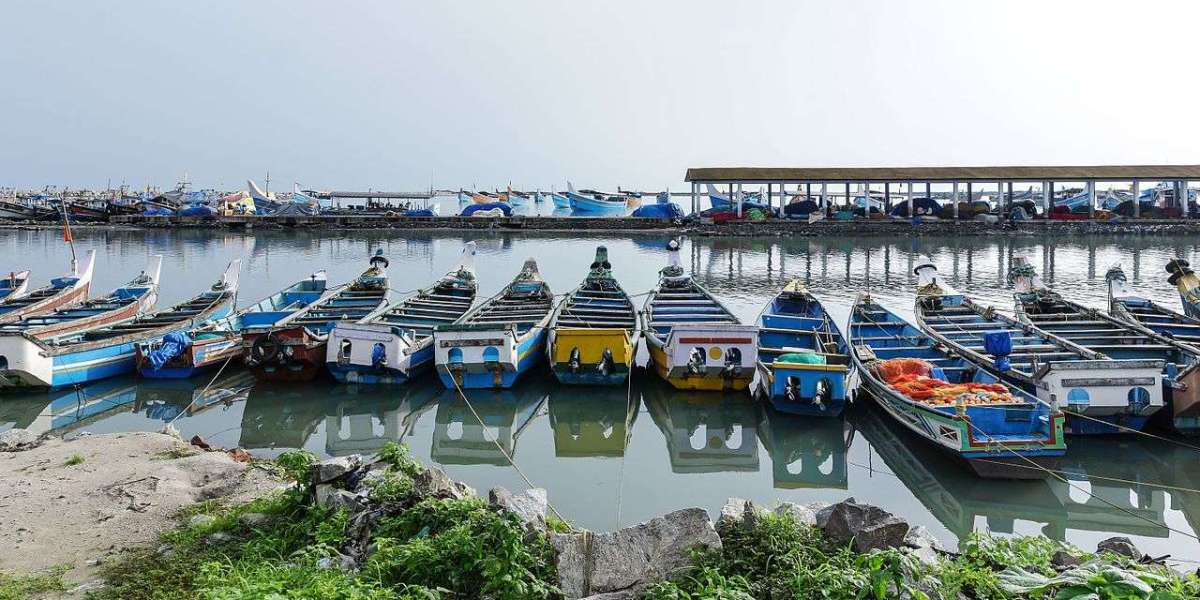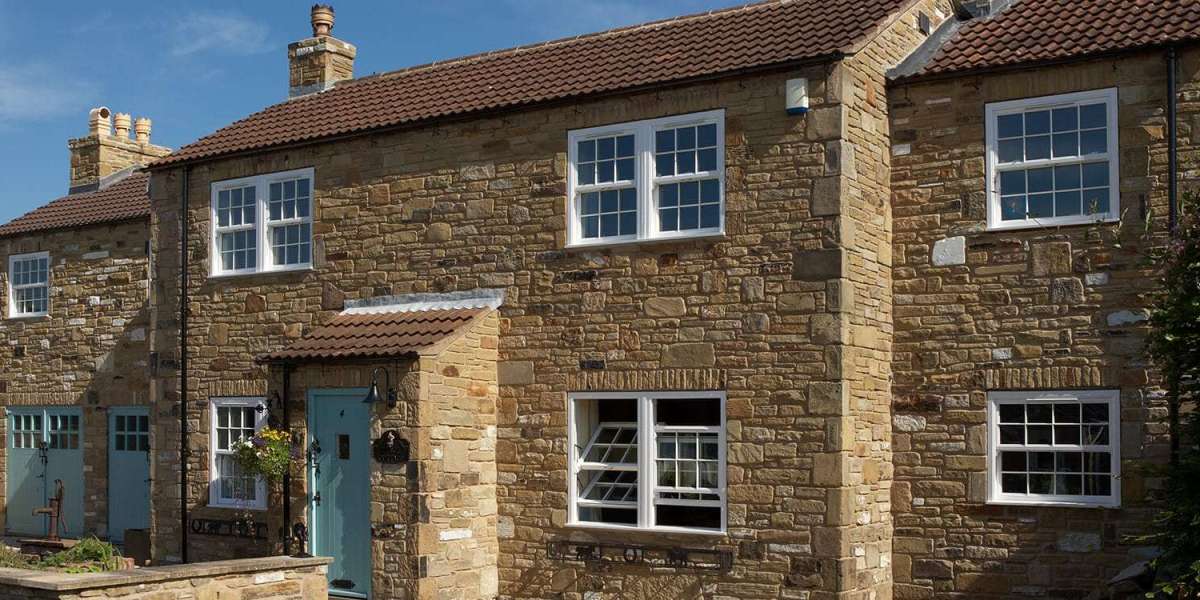Polling Stations
The constituency comprises more than 100 polling booths, many subdivided into multiple wings to
ensure local access. Examples include:
Kunhali Marakkar High School, Kottakkal (South & North wings) in Payyoli,
Irigal Lower Primary School (South & North),
Sree Subramania Upper Primary School, Irigal (East & West),
Thazhe Kalari UP School, Iringal (North & South),
Govt Fisheries LP School, Meladi (North Block – Left & Right),
Panthalayani Higher Secondary School, Koyilandy (East & West wings).
These polling stations span coastal wards, inland panchayat areas, and urban centres—reflecting the
constituency’s varied terrain and ensuring democratic reach.
Economic & Livelihood Landscape
Quilandy’s economy is multifaceted:
Blue economy & fisheries: It hosts one of Asia’s largest fishing harbours, and estuarine
communities engage in traditional fishing and boat-based trade along the Korapuzha river.
Agriculture & plantation products: Inland zones like Moodadi and Thikkodi cultivate
coconut, areca nut, rice, and cash crops.
Remittances (NRI income): A significant share of households relies on Gulf remittances,
providing stable middleclass incomes.
Trade & small businesses: Koyilandy town supports timber, coir, nut, spice, and retail
markets. The fishing sector is closely tied with local commerce.
Services & co-operatives: Institutions such as Uralungal Labour Co-operative bolster
servicebased livelihoods alongside education, transport, and public services.
SocioEconomic Strata
The constituency’s population is predominantly middle-income, upheld by remittances, fisheries,
agriculture, and trade. Some coastal merchants and business families reside in the higher-income
bracket, while a subset of fisherfolk and smallholder laborers fall below the poverty line, though
literacy and welfare schemes have raised living conditions.
Recent Development Highlights
Recent years have witnessed targeted infrastructure and livelihood improvements:
Modernization of Koyilandy harbour infrastructure, enhancing fish handling, cold storage,
and aquaculture support.
Road upgrades and estuary bridges to better link coastal and inland wards, improving
access to market towns and fisheries.
Expansion of cooperative workspaces and trader networks, especially through Uralungal
Labour Coop models.
Enhanced school and polling station infrastructure, including renovated buildings and
upgraded civic amenities in rural panchayats.
Regulatory and welfare reforms benefiting fisher communities—health camps, boat safety
programs, and community training.
Quilandy Assembly Constituency weaves together historic coastal life, vibrant small-town commerce,
and resilience through agriculture, fishing, and remittance incomes. With most residents in the
middle-income bracket, ongoing coastal infrastructure, trade support, and civic service
improvements are fostering inclusive progress across this heritage-rich coastal seat.








